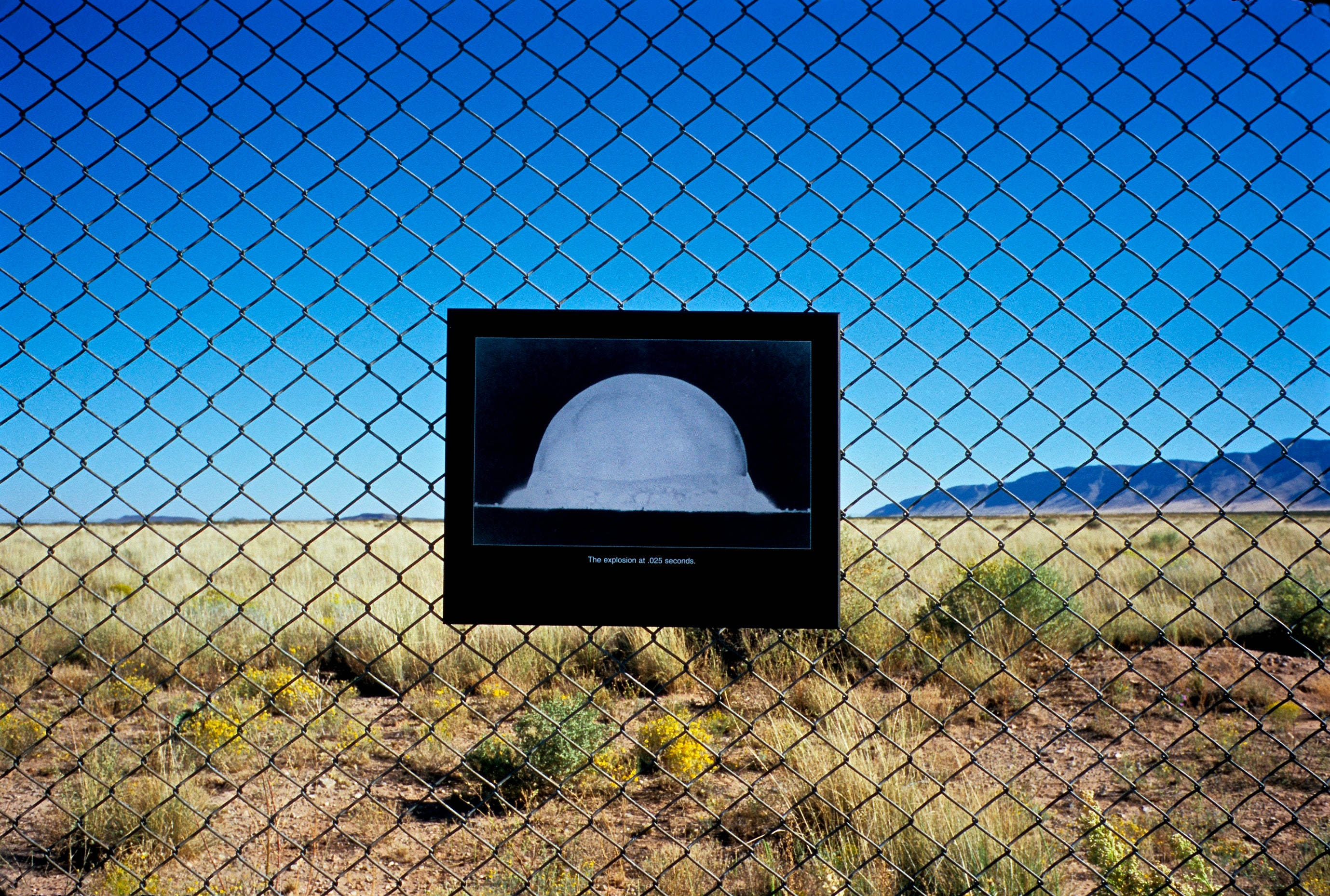
The Manhattan Project was a top-secret program to make the first atomic bombs during World War II. Its results had profound impacts on history: the subsequent nuclear arms race has radically changed the political world order in ways that are still evident today.
Thousands of scientists, including theoretical physicist J. Robert Oppenheimer, took part in the Manhattan Project, often while they and their families were lodged at secret military bases in remote locations. It resulted in the two atomic bombs dropped on the Japanese cities of Hiroshima and Nagasaki in August 1945, which brought World War II to its end and probably killed more than 100,000 people.
“The Manhattan Project harnessed the enormous energy in the nucleus of the atom for the first time,” explains Cynthia Kelly, founder and president of the Atomic Heritage Foundation, a nonprofit dedicated to the history of the project and the atomic age.
One of the project’s consequences was the creation of terrifying opposing arsenals of nuclear weapons. But it also resulted in innovations from medicine to space exploration and in the science and engineering of civilian nuclear energy, Kelly says.
The U.S. Army Corps of Engineers created the Manhattan Engineer District in June 1942 to hide the development of the atomic bomb during the war—hence that effort’s name of the “Manhattan Project.”
But historian of science Alex Wellerstein explains in an online overview that the project originated in an idea from the late 1930s—that Nazi Germany might build an atomic bomb, so the U.S. should do so first. Historical records reveal that Germany didn’t get far, but the prospect of a Nazi bomb was horrifyingly real.
Several leading researchers worked for wartime Germany, including Werner Heisenberg. Even so, many scientists who favored an American atom bomb, including Hungarian-born physicist Leo Szilard, had fled the Nazis in Europe. had fled the Nazis in Europe.
In July 1939 Szilard and others enlisted the help of the renowned physicist Albert Einstein, then on holiday on Long Island, N.Y., to support them by writing a letter to President Franklin D. Roosevelt. The Einstein-Szilard letter, as it’s known, changed history. It prompted Roosevelt to convene a committee to investigate the possibility of building an atomic bomb, and 1941 this group became a new committee to lay the groundwork for the full project.
These early stages involved key contributions from the U.K. and Canada. But in the end, the atomic bomb was mostly an American weapon.
After 1942 the Manhattan Project was the recognized Allied effort to build an atomic bomb. It mainly used uranium ore from a mine in what is now the Democratic Republic of the Congo, which was kept secret from the Germans.
Otherwise the project was conducted in the U.S., primarily at three top-secret towns: Oak Ridge, Tenn., where uranium was enriched until it was radioactive enough for nuclear fission; Hanford, Wash., where reactors transformed uranium into plutonium, an even more powerful nuclear fuel; and Los Alamos, N.M., where Oppenheimer directed the laboratory that designed and built experimental atomic bombs.
There were also dozens of smaller sites. And officials went to extraordinary lengths to keep it all secret.
World War II historian Alexandra Levy says most of the more than 600,000 people involved—including the thousands of scientists, engineers and technicians who worked on the weapons, as well as construction workers and the people who kept the three secret towns going—were deliberately not told their purpose.
“Most of those people did not know that the goal of the project was to build a new type of bomb,” Levy says. “Today, between the Internet and social media, it’s difficult to imagine such a large-scale endeavor remaining secret for long.”
Kelly adds, “We live in a very, very different world. Aside from one or two key senators agreeing to a blank check for the Manhattan Project, Congress and the press were kept in the dark. That would be impossible today.”
The Manhattan Project culminated in the Trinity test in New Mexico on July 16, 1945—the first detonation of a nuclear weapon. By that time, the U.S. had spent around $2.2 billion—the equivalent of around $37 billion today.
But the dangers of a Nazi bomb had faded, and Japan was now the designated target. Although Japan never had an atomic bomb program, the idea of stopping its aggression with a show of awful destruction became fixed among Manhattan Project leaders, science historian Wellerstein says.
He notes that Oppenheimer, then the charismatic director of the Los Alamos laboratory, twice voted in favor of the initial atomic bomb attack on Hiroshima —which killed tens of thousands of civilians—instead of a purely military target.
Oppenheimer is seen as essential to the success of the American atomic bomb project. “He contributed to some of the early scientific breakthroughs of the project,” Levy says. “His great gift was bringing together scientists, engineers and other technicians to collaborate on and solve problems.”
But Oppenheimer was also ambivalent about its results. In recalling his experience at the Trinity test in 1965, he quoted a story from the Hindu scripture the Bhagavad Gita about a prince, reluctant to kill his enemies, who witnessed the transformation of Krishna, an incarnation of the Hindu deity Vishnu: “Now I am become Death, the destroyer of worlds.”
Oppenheimer was the reluctant prince, not Krishna. “He didn’t want to kill people,” Wellerstein says. “But he knew that nuclear weapons were going to be built anyway, and he felt that he had a duty to do this horrible thing.”
Stay connected with us on social media platform for instant update click here to join our Twitter, & Facebook
We are now on Telegram. Click here to join our channel (@TechiUpdate) and stay updated with the latest Technology headlines.
For all the latest For News Update Click Here
